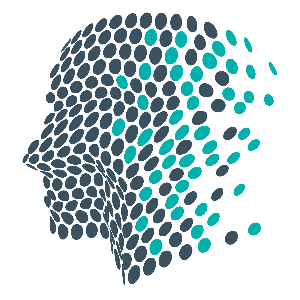Social September
Social September 2019 encourages us to press pause and disconnect from our digital lives and reconnect with each other and ourselves. The aim is to create opportunities for face-to-face connecting promoting positive mental health and well-being.
The Collective Family knows how important it is to develop and maintain strong and healthy relationships. Research shows that the one variable that has the greatest influence on the quality of our lives is relationships – not money, fame or good looks - RELATIONSHIPS!
People who are deeply connected to their friends, family, co-workers and even the local community live longer, are healthier, happier, more fulfilled and live a better life in general.
Just this week I was talking with a client about her family and friends which led to a discussion about Relationship Circles. Firstly you must first love yourself before you can build deep relationships. The reason you first must love yourself is:
The more you truly accept yourself, the more you can accept other people
The more you love yourself, the more forgiving you can be toward other people
The better you understand emotions, the more constructively you can express them
The stronger you are emotionally, the easier you can deal with disappointments and people’s imperfections
Dunbar’s Number (a suggested cognitive limit to the number of people with whom one can maintain stable social relationships developed by anthropologist Robin Dunbar) is 150 and include the six fundamental types or pillars of relationships:
Primary family – mother, father, siblings
Secondary family – spouse, children
Friends
Superiors
Co-workers
Mentors
It is difficult to understand your roots if you do not have a good relationship with some members of your primary family. Choosing a spouse is one of the most important decisions of your life and children the most important legacy you leave behind. You want to share interests with friends and co-workers and engage in some form of meaningful paid or voluntary work. Surround yourself with people who are smarter than you and find a good mentor or coach who can fast-track your progress in any area of your life.
As with everything in life being pro-active pays dividends and relationships are no exception. Being pro-active means that you do not just react to whatever is happening in your life but you systematically, deliberately and assertively respond and find the most constructive way to meet your goals and needs. Being reactive in relationships means that you do not put any conscious effort into relationships or interactions. You place your relationships and communication on auto pilot.
If you are pro-active in relationships, you consciously decide who you want to meet, with whom you want to spend more time, what relationships you wish to nurture and so on. A good start to relationship proactivity is to map all the people who are present in your life and list all the 150 people that interact with you on a regular basis and then arrange them in four categories, in four different circles, based on how close they are to you (see the diagram below).
The circle of intimacy – these are people you cannot imagine your life without. They know your private self well, you spend a lot of time interacting with them, you usually live with them and you trust them the most.
The circle of friendship – these are people who are close to you but there is less intimacy involved. They do not physically live with you, share a bathroom with you or support you financially. But you do share your dreams, good news and troubles with them.
The circle of participation - most co-workers, local community, acquaintances and other people that you interact with on a regular basis (but are not your friends) fall into this category. All the friends you start neglecting can be quickly outcast into this circle.
The circle of exchange - the last circle contains people with whom you do transactions. They can be your doctors, a hairdresser, home cleaner, maybe even a customer, and so on.
Draw an arrow to each person, indicate if you want to move them more inwards (build a closer relationship with them) or if you want to move them more outwards and create more distance - maybe even cutting them off.

